




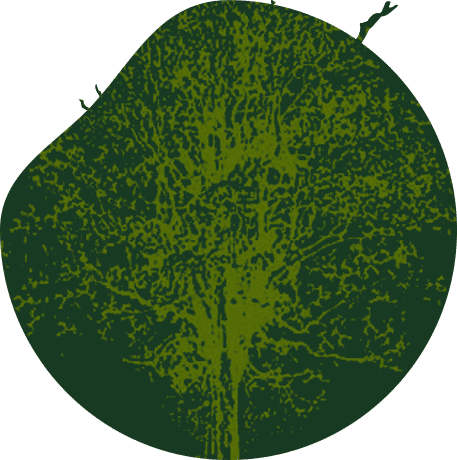 Evidence for an Advanced Plio-Pleistocene Hominid from East Rudolf, Kenya
Evidence for an Advanced Plio-Pleistocene Hominid from East Rudolf, Kenya
R. E. F. Leakey
Editor’s Note
Richard Leakey followed his father Louis’ vocation in palaeontology at first very reluctantly, but soon began to make remarkable discoveries of his own. This one, from the eastern shore of Lake Rudolf (now Lake Turkana), was indeed spectacular—a skull and other skeletal material attributed to the genus Homo . The face of “1470 man”(after its catalogue number, KNM-ER 1470), with its remarkably human shape and relatively high forehead, was especially emotive. The specimen was later assigned to a new taxon, Homo rudolfensis . Notable in this study is Leakey’s assertion of the age of this specimen at more than 2.6 million years: this was later found, after much controversy, to be an overestimate of almost a million years. 中文

Four specimens collected last year from East Rudolf are provisionally attributed to the genus Homo . One, a cranium KNM-ER 1470, is probably 2.9 million years old. 中文

PRELIMINARY descriptions are presented of four specimens collected from East Rudolf during 1972. Most of the collection recovered during this field season has been reported recently in N ature 1 ; the specimens described here are sufficiently important to be considered separately and in more detail. The collections of fossil hominids recovered from East Rudolf during earlier field seasons and detailed descriptions of some of these specimens have been published previously 2-5 . 中文
The specimens described here are: (1) a cranium, KNM-ER 1470; (2) a right femur, KNM-ER 1472; (3) a proximal fragment of a second right femur, KNM-ER 1475; and (4) an associated left femur, distal and proximal fragments of a left tibia, and a distal left fibula, KNM-ER 1481. They were all recovered from area 131 (see Fig. 1) and from deposits below the KBS Tuff which has been securely dated at 2.6 m.y. 6 . 中文
Area 131 consists of approximately 30 km 2 of fluviatile and lacustrine sediments. The sediments are well exposed and show no evidence of significant tectonic disturbance; there is a slight westward dip of less than 3°. Several prominent marker horizons provide reference levels and have permitted physical correlation of stratigraphical units between area 131 and other areas in the East Rudolf locality. 中文
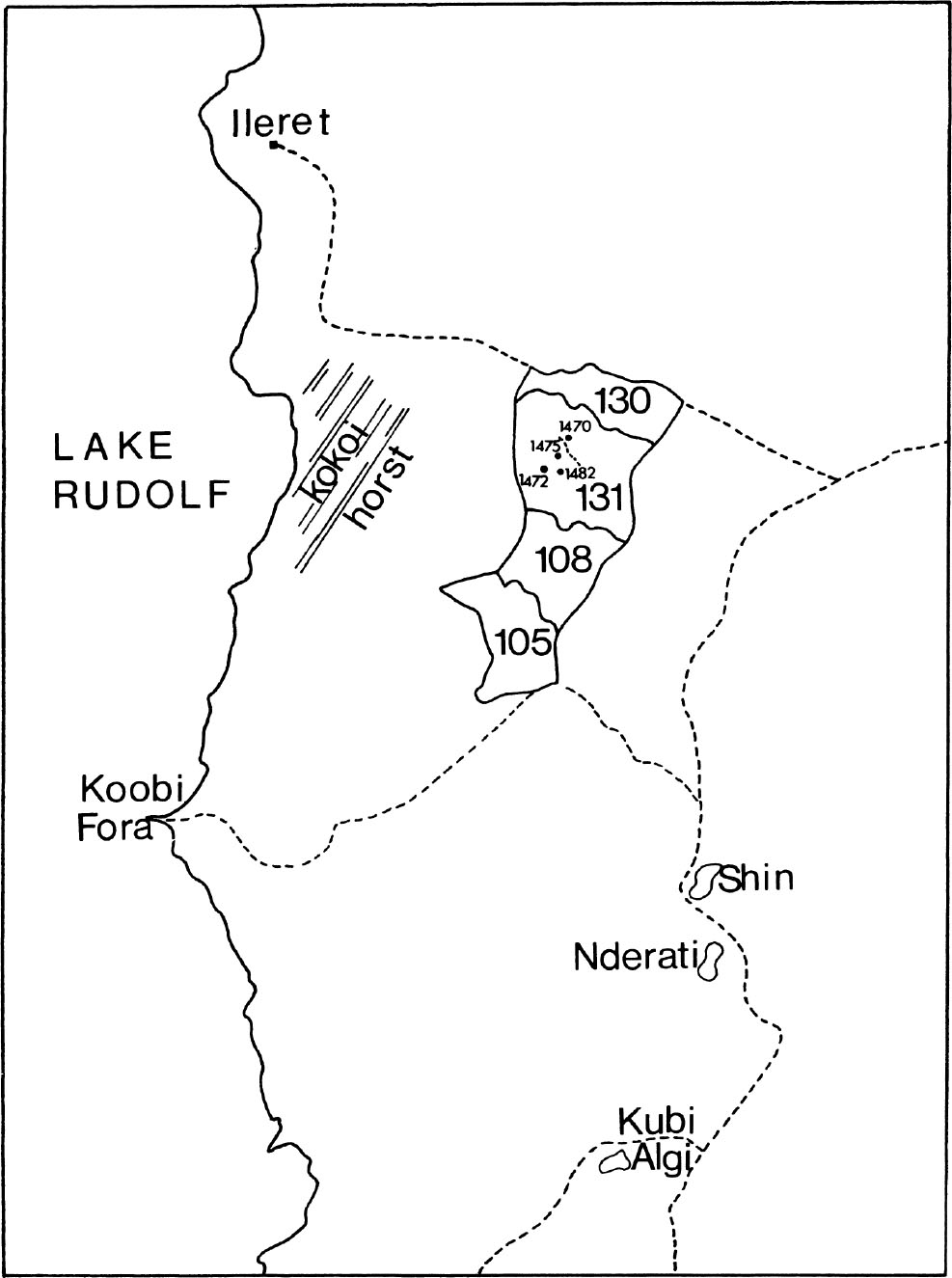
Fig. 1. Map showing sites of discovery of fossil hominids KNM-ER 1470, 1472, 1475 and 1481 in the East Rudolf locality. Succession shown in Fig. 2 was taken from the position indicated by the dotted line.
Several tuffs occur in the vicinity of area 131. The lowest of these is the Tulu-Bor Tuff which is not exposed in the area itself but does outcrop nearby in several stream beds. Above this horizon, in a composite section, there is some 60 m of sediment capped by the prominent KBS Tuff. This latter tuff has been mapped into areas 108 and 105 (also shown in Fig. 1) from where samples have been obtained for K/Ar dates. An account of the geology is given by Vondra and Bowen 7 . A section showing the vertical position of these four hominids in relation to the KBS Tuff is given in Fig. 2. 中文
At present, analysis of samples collected for dating from the KBS Tuff in area 131 has proved inconclusive because of the apparent alteration of the sanidine felspars. This was not seen in the 105/108 samples from the same horizon which provided the date of 2.61 m.y. and there is no reason to suspect the validity of that date (personal communication from J. A. Miller). 中文
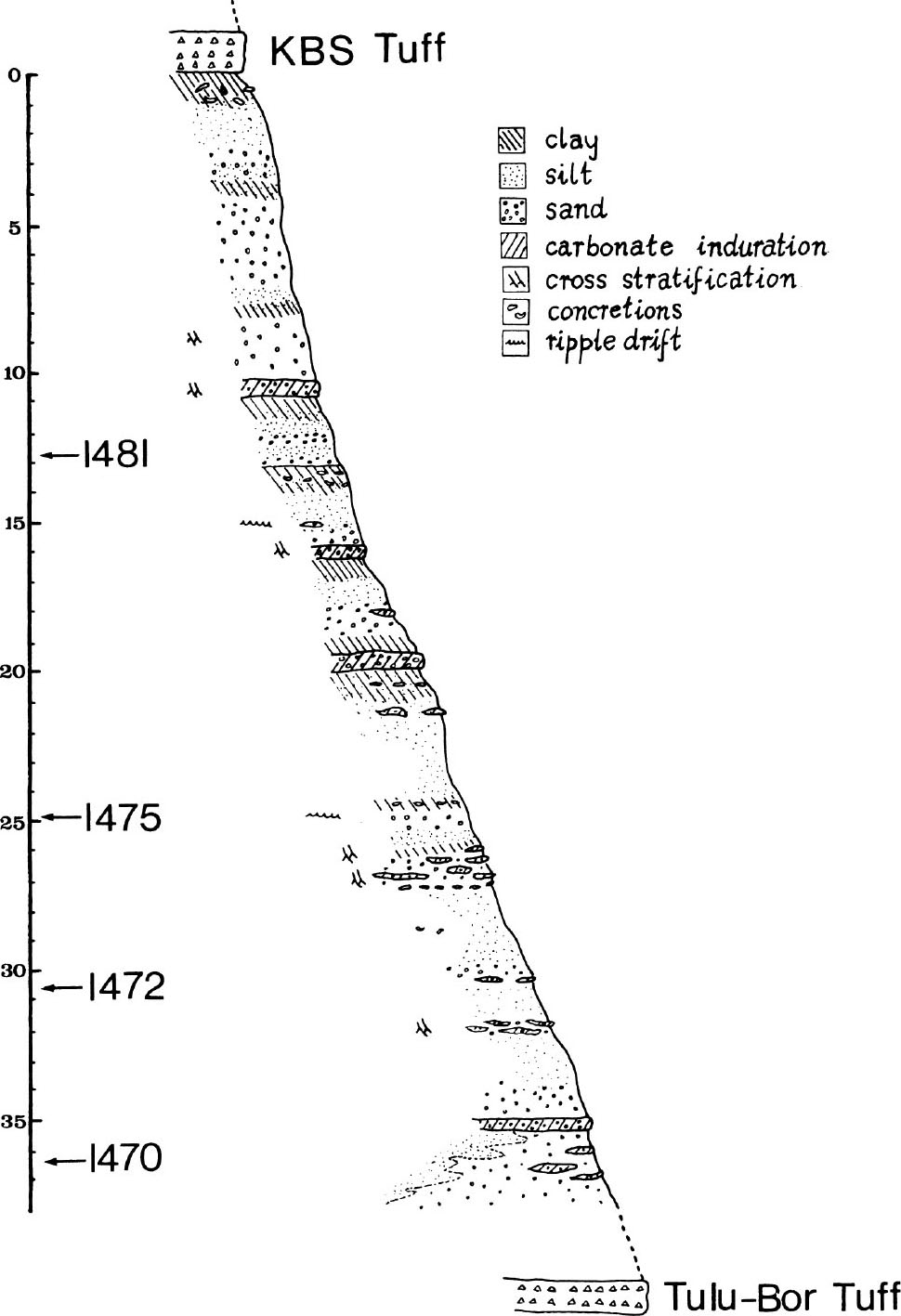
Fig. 2. Stratigraphical succession of the sediments in area 131 and the vertical relationships of the fossil hominids KNM-ER 1470, 1472, 1475 and 1481 to the KBS Tuff. Dotted line shown in Fig. 1 marks the position at which the section was taken.
Detailed palaeomagnetic investigation of the sedimentary units is being undertaken by Dr. A. Brock (University of Nairobi). Systematic sampling closely spaced in the section has identified both the Mammoth and Kaena events in area 105 between the Tulu-Bor and KBS Tuffs, a result which supports the 2.61 m.y. date on the latter. The mapping of several horizons has established a physical correlation between areas 105 and 131. During the 1973 season, the area 131 succession will be sampled in detail in an attempt to confirm this correlation. Available evidence points to a probable date of 2.9 m.y. for the cranium KNM-ER 1470, and between 2.6 and 2.9 m.y. for the other specimens reported here. 中文
Collections of vertebrate fossils recovered from below the KBS Tuff in areas 105, 108 and 131 all show the same stage of evolutionary development and this evidence supports the indicated age for this phase of deposition at East Rudolf. Maglio 8 has discussed the fossil assemblages following detailed studies of field collections from various horizons. 中文
The cranium (KNM-ER 1470) and the postcranial remains (KNM-ER 1472, 1475 and 1481) were all recovered as a result of surface discovery. The unrolled condition of the specimens and the nature of the sites rules out the possibility of secondary deposition—there is no doubt in the minds of the geologists that the provenance is as reported. All the specimens are heavily mineralized and the adhering matrix is similar to the matrix seen on other fossils from the same sites. In due course, microscopic examination of thin sections of matrix taken from the site and on the fossils might add further evidence. 中文
Cranium KNM-ER 1470 was discovered by Mr. Bernard Ngeneo, a Kenyan, who noticed a large number of bone fragments washing down a steep slope on one side of a gully. Careful examination showed that these fragments included pieces of a hominid cranium. An area of approximately 20 m×20 m was subsequently screened and more than 150 fragments were recovered. 中文
The skull is not fully reconstructed. Many small fragments remain to be included and it may be some time before the task is completed. At present the cranial vault is almost complete and there are good joins between the pieces. The face is less complete and although there are good contacts joining the maxilla through the face to the calvaria, many pieces are still missing. The orientation of the face is somewhat uncertain because of distortion of the frontal base by several small, matrix filled cracks. The basicranium shows the most damage and is the least complete region. 中文
The cranium (see Fig. 3) shows many features of interest. The supraorbital tori are weakly developed with no continuous supratoral sulcus. The postorbital waisting is moderate and there is no evidence of either marked temporal lines or a temporal keel. The vault is domed with steeply sloping sides and parietal eminences. The glenoid fossae and external auditory meati are positioned well forward by comparison with Australopithecus . The occipital area is incomplete but there is no indication of a nuchal crest or other powerful muscle attachments. 中文
In view of the completeness of the calvaria, it has been possible to prepare in modelling clay an endocranial impression which has been used to obtain minimum estimates for the endocranial volume. Six measurements of the endocast by water displacement were made by Dr. A. Walker (University of Nairobi), and gave a mean value of 810 cm 3 . Further work on this will be undertaken but it seems certain that a volume of greater than 800 cm 3 for KNM-ER 1470 can be expected. 中文
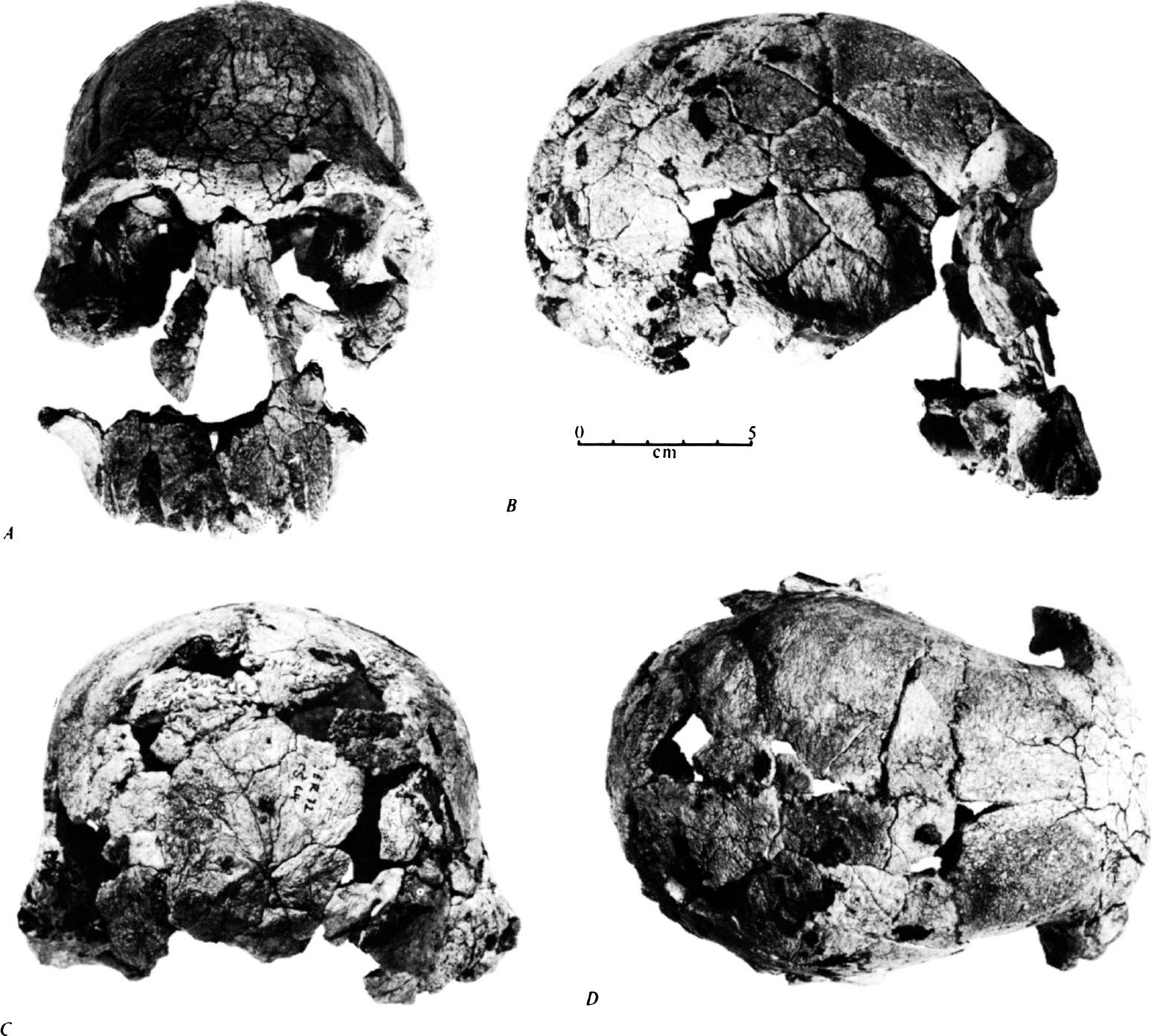
Fig. 3. Cranium KNM-ER 1470. a , Facial aspect; b , lateral aspect; c , posterior aspect; d , superior aspect.
The palate is shallow, broad and short with a nearly straight labial border that is reminiscent of the large Australopithecus . The great width in relationship to the length of the palate does contrast markedly, however, with known australopithecine material. The molars and premolar crowns are not preserved, but the remaining roots and alveoli suggest some mesiodistal compression. The large alveoli of the anterior teeth suggest the presence of substantial canines and incisors. 中文
KNM-ER 1472, a right femur, was discovered as a number of fragments by Dr. J. Harris. It shows some features that are also seen in the better preserved left femur, KNM-ER 1481, but other features, such as the apparently very straight shaft and the bony process on the anterior aspect of the greater trochanter, require further evaluation. 中文
The proximal fragment of femur, KNM-ER 1475, was discovered by Mr. Kamoya Kimeu. Its condition is such that a final taxonomic identification will be difficult and it is therefore included only tentatively in this report. This fragment shows some features such as a short, more nearly cylindrical neck, which are not seen in the femurs of Australopithecus . 中文
A complete left femur, KNM-ER 1481, associated with both ends of a left tibia and the distal end of a left fibula were also discovered by Dr. J. Harris. 中文
The femur (see Fig. 4) is characterized by a very slender shaft with relatively large epiphyses. The head of the femur is large and set on a robust cylindrical neck which takes off from the shaft at a more obtuse angle than in known Australopithecus femurs. There is a marked insertion for gluteus maximus and the proximal region of the shaft is slightly flattened antero-posteriorly. The femoro-condylar angle is within the range of Homo sapiens . When the femur is compared with a restricted sample of modern African bones, there are marked similarities in those morphological features that are widely considered characteristic of modern H . sapiens . The fragments of tibia and fibula also resemble H. sapiens and no features call for specific comment at this preliminary stage of study. 中文
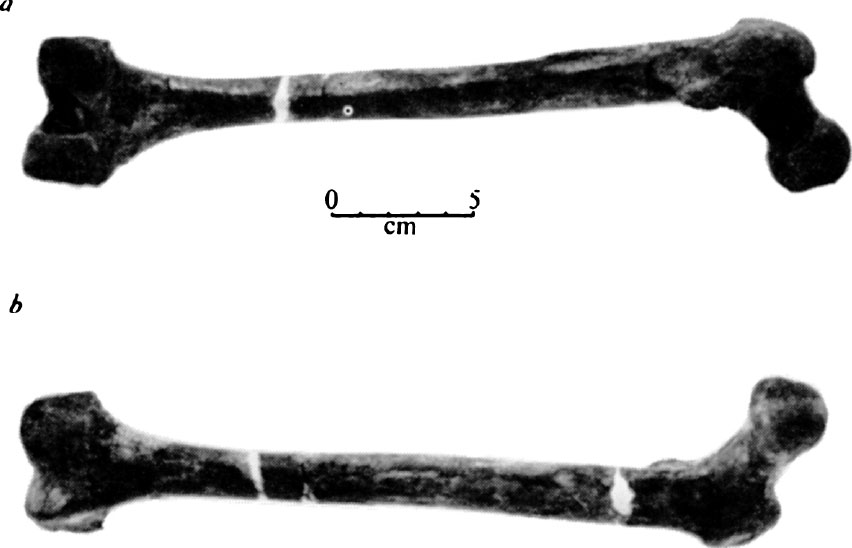
Fig. 4. Left femur KNM-ER 1481. a , Posterior aspect; b , anterior aspect.
The taxonomic status of the material is not absolutely clear, and detailed comparative studies which should help to clarify this problem have yet to be concluded. The endocranial capacity and the morphology of the calvaria of KNM-ER 1470 are characters that suggest inclusion within the genus Homo , but the maxilla and facial region are unlike those of any known form of hominid. Only the flat fronted wide palate is suggestive of Australopithecus , but its extreme shortening and its shallow nature cannot be matched in existing collections representing this genus. The postcranial elements cannot readily be distinguished from H. sapiens if one considers the range of variation known for this species. 中文
The East Rudolf area has provided evidence of the robust, specialized form of Australopithecus from levels which span close to 2 m.y. (2.8 m.y.-1.0 m.y.) 1 ; throughout this period the morphology of this hominid is distinctive in both cranial and postcranial elements. The cranial capacity of the robust australopithecine from Olduvai Gorge, A. boisei , has been estimated for OH 5 to be 530 cm 3 (ref. 9); this is the same value as that estimated by Holloway for the only specimen in South Africa of A. robustus which provides clear evidence of cranial capacity 9 . Holloway has also found the mean cranial capacity of six specimens of the small gracile A. africanus from South Africa 10 to be 422 cm 3 . Thus, to include the 1470 cranium from East Rudolf within the genus Australopithecus would require an extraordinary range of variation of endocranial volume for this genus. This seems unacceptable and also other morphological considerations argue strongly against such an attribution. 中文
The Olduvai Gorge has produced evidence of an hominine, H. habilis ; the estimated endocranial volumes for three specimens referred to this species are 633, 652 and 684 cm 3 (ref. 10). The Olduvai material is only known from deposits that are stratigraphically above a basalt dated at 1.96 m.y. (ref. 11). At present therefore there does not seem to be any compelling reason for attributing to this species the earlier, larger brained, cranium from East Rudolf. 中文
The 1470 cranium is quite distinctive from H. erectus which is not certainly known from deposits of equivalent Pleistocene age. It could be argued that the new material represents an early form of H. erectus , but at present there is insufficient evidence to justify this assertion. 中文
There is no direct association of the cranial and postcranial parts at present, and until such evidence becomes available, the femora and fragment of tibia and fibula are only provisionally assigned to the same species as the cranium, KNM-ER 1470. Differences from the distinctive Australopithecus postcranial elements seem to support this inferred association. 中文
For the present, I propose that the specimens should be attributed to Homo sp. indet. rather than remain in total suspense. There does not seem to be any basis for attribution to Australopithecus and to consider a new genus would be, in my mind, both unnecessary and self defeating in the endeavor to understand the origins of man. 中文
I should like to congratulate Mr. Ngeneo and Dr. Harris for finding these important discoveries. Dr. Bernard Wood spent many long hours at the site screening for fragments and assisted my wife, Meave, and Dr. Alan Walker in the painstaking reconstruction work. I thank them all. The support of the National Geographic Society, the National Science Foundation, the W. H. Donner Foundation and the National Museum of Kenya is gratefully acknowledged. 中文
( 242 , 447-450; 1973)
R. E. F. Leakey
National Museums of Kenya, PO Box 40658, Nairobi
Received January 23, 1973.
References: